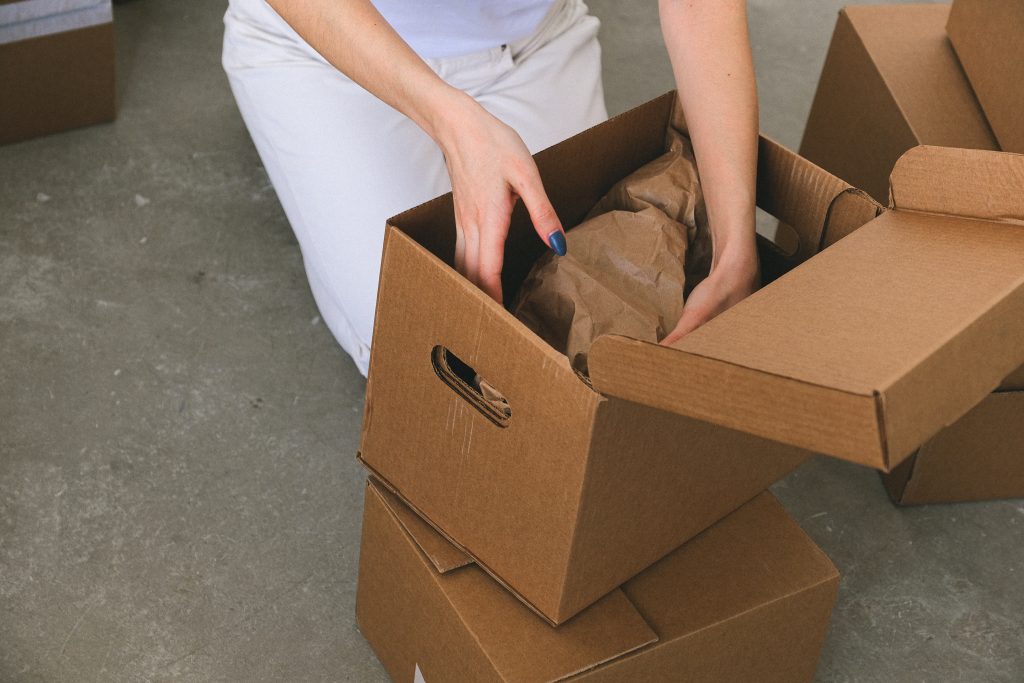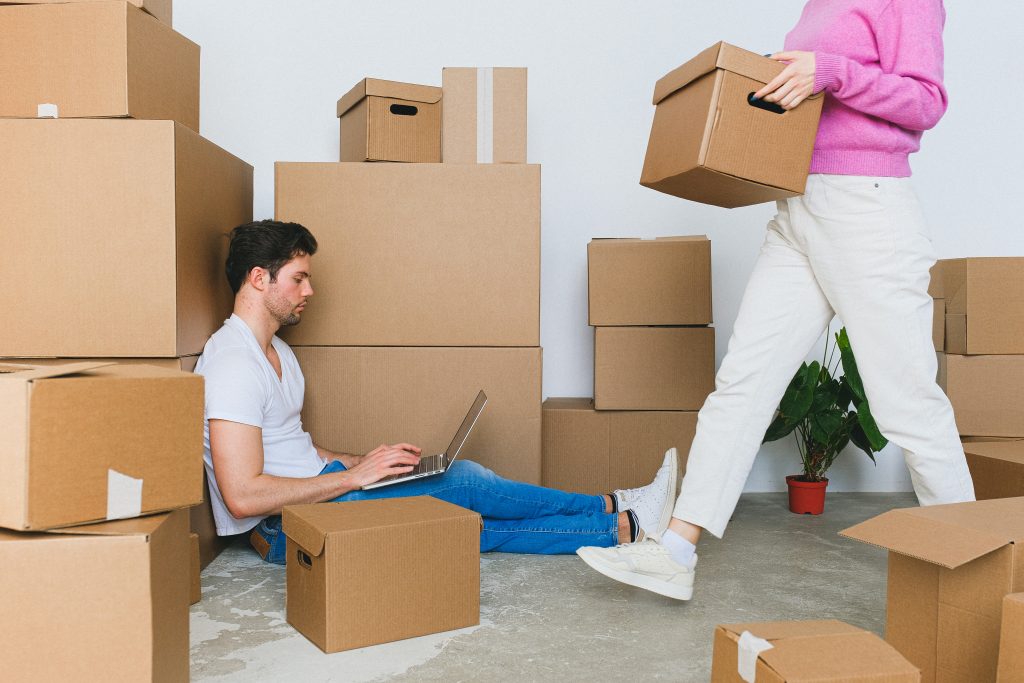The shape of a shipping box is an important consideration for any business that ships wholesale products. Cubes, flats, oblongs, and irregular shapes all have different benefits when it comes to material cost, space efficiency, and protection for fragile items. For wholesale suppliers, choosing the right box shape depends on how an item’s geometry, value, and fragility correspond to the goals of minimizing material usage, storage needs, and risk of damage during transport.
Cubic Boxes
Cube cardboard boxes are the most ubiquitous shipping containers for a reason. They offer optimum space efficiency for compact items that naturally fill most of the box’s volume. Cube boxes enable wholesale suppliers to maximize the number of items that fit in each box and on each pallet. Since cube boxes are stacked squarely with minimal void space between boxes, they take up less shelf and storage space in warehouses and distribution centers. This results in significantly lower shipping costs since fewer cube boxes are needed to ship a given volume of products compared to other shapes. The simple cubic geometry also makes cube boxes easy for automated packing lines to consistently fill while maintaining stability during transport. Overall, cube boxes provide the most cost-efficient solution for wholesale shipping needs whenever items are compact enough to fully occupy the box’s cubic space.
Long Boxes

Long cardboard boxes are better suited than cube cardboard boxes for wholesaling elongated items like tubing, rods, cables, and clothing. Since long items only occupy one dimension of a cube box, there is excessive void space inside that is wasted. Using a long box with dimensions that closely conform to the shape of the item allows for better space utilization and lower material usage. For example, a 6-foot long cylindrical rod would require a cube box at least 12 to 18 inches tall and wide to accommodate any movement during shipping, but a custom long box only 6 to 8 inches tall and wide and up to 72 inches in length would perfectly fit the rod with no extra space. This results in significantly less cardboard material needed for the long cardboard box, lowering material costs by 30% to 50% compared to a cube box. The slender profile of long boxes also means they stack more stably and occupy less horizontal space during storage and transport, reducing the number of boxes per pallet and truckload.
Tall boxes are also useful for wholesaling elongated items that are tall rather than long, such as industrial equipment parts, stacked trays, and furniture components. Though requiring more material than cube boxes, tall boxes can still provide more space efficiency for items that only fill one vertical dimension. They orient vertically for stable stacking and occupy less horizontal warehouse space. When wholesaling products that are consistently taller than 12 to 18 inches, tall boxes begin to offer material and storage benefits compared to using larger cube boxes.
Flat Boxes
Corrugated flat boxes are the most economical and ecological form of packing for small, lightweight items that need protection on all sides. Because flat boxes require less cardboard material to cover a given surface area, they use up to 30% less material than cube or tall boxes of equal length and width. This makes corrugated flat boxes a more sustainable and cost-effective solution for wholesalers shipping items like electronic components, jewelry, retail samples, and brochures. Flat boxes also store efficiently by nesting inside each other and stacking compactly, minimizing the warehouse footprint per item shipped. When material conservation, lower shipping costs, and reduced carbon emissions are priorities for wholesale supply chains, corrugated flat boxes offer a preferable solution to taller box shapes for items that have a small thickness in relation to their length and width.
Irregularly Shaped Boxes

Irregularly shaped boxes are custom boxes specially designed and fabricated for unusual or oddly shaped items that can’t be shipped in standard cube, rectangular or flat cardboard boxes. By conforming precisely to a product’s geometry, irregular boxes maximize space efficiency with no surplus void space inside. This ensures that fragile products are packed tightly but not constricted, providing maximal cushioning and impact protection during transport. However, the specialized nature of irregularly shaped boxes means they typically cost more to produce from more cardboard material and higher labor, resulting in greater shipping expenses per unit compared to standard box shapes.
Bubble Boxes
Bubble wrap lined boxes, or bubble boxes, are ideal for shipping fragile electronics and other fragile bulk items that require maximum impact protection. The interior of these boxes is lined with multiple layers of protective bubble cushioning made from biodegradable materials like polyethylene. Bubble cushioning forms closely to any shape, conforming around an item to hold it firmly in place within the box. The bubbles then absorb energy from impacts and vibrations during shipping, cushioning and stabilizing the contents while also creating an airtight seal. Though generally more expensive than regular cardboard boxes, bubble boxes are worth the added cost of wholesaling delicate items that demand the highest level of shock absorption.
Choosing the Right Box
Selecting the appropriate box shape for shipping wholesale products ultimately depends on balancing an item’s key attributes with a company’s cost and protection priorities. Businesses should consider an item’s geometry, weight, fragility, and value when deciding between cubic, rectangular, flat, irregular, or specialty box types. The chosen box shape should optimize for material usage, shipping expense, and warehouse space while providing sufficient cushioning and durability. Custom options can fulfill requirements for non-standard shapes and sizes. Testing multiple alternatives during product development helps identify the box shape that best fits an item’s needs and the supply chain’s objectives.
Conclusion
Wholesale shipping supplies come in a variety of box shapes to meet the needs of both suppliers and the products they are packaging. While cube, long, flat, and irregularly shaped boxes each have their own benefits for material usage, storage, and protection, ultimately the right box for wholesale shipping comes down to how well a particular shape aligns with an item’s geometry, fragility, and value, as well as a company’s optimization of costs and reduction of waste throughout the entire supply chain. Choose wisely between these alternatives to allow the business to package and transport products effectively in a way. This will help to protect wholesale shipping investments.


